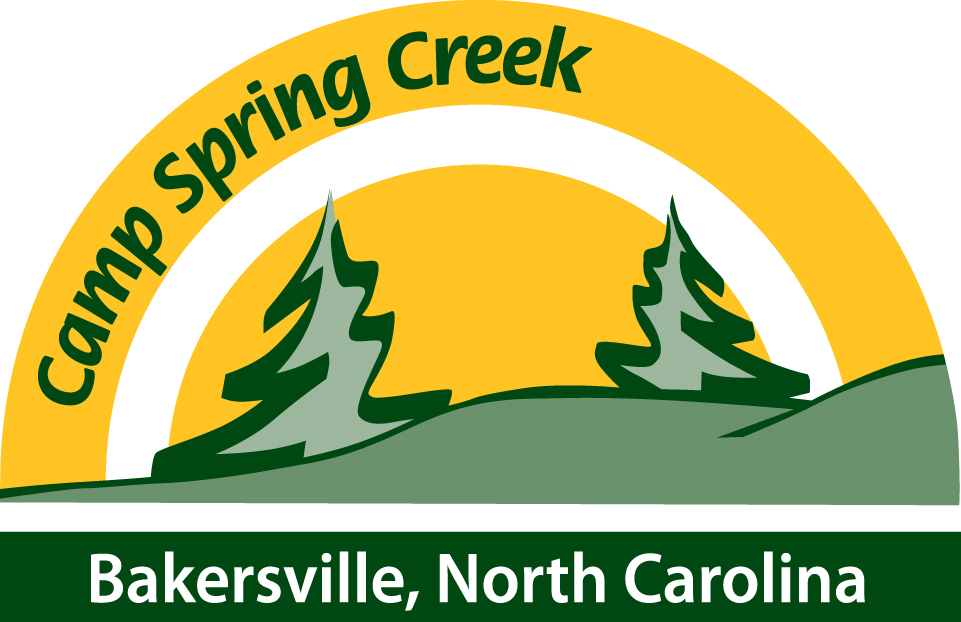 From Reading, Writing, and Speech Problems in Children by Samuel Torrey Orton, co-founder of the Orton-Gillingham approach. Originally published in 1937:
“They are usually interested in the story of how one side of the brain works in the language function and intrigued with the idea that the two halves of their brain may be ‘squabbling over which is to be the boss’ and pleased when it is possible to tell them it frequently is on the basis of intelligence tests, that their brains are better than average but just not working right for the particular subject in which they have met trouble. This sort of understanding of how his difficulty may have arisen will often go a long way toward preventing the child from falling back on explanations based on emotional instability, ‘nervousness,’ undue fears, or lack of self-confidence which in themselves are not entirely emotionally acceptable and which often seem to operate as a vicious circle. An even more complete explanation to the parents and to the teachers of the specific nature of all of these difficulties is of prime importance in treatment of the child since the school failures have all too often been interpreted as due to some degree of mental defect or to defective attention or to laziness or to poor training and frequently with an implication of blame which may very easily foster an unwarranted feeling of doubt in the child or the parent or both.”
From Reading, Writing, and Speech Problems in Children by Samuel Torrey Orton, co-founder of the Orton-Gillingham approach. Originally published in 1937:
“They are usually interested in the story of how one side of the brain works in the language function and intrigued with the idea that the two halves of their brain may be ‘squabbling over which is to be the boss’ and pleased when it is possible to tell them it frequently is on the basis of intelligence tests, that their brains are better than average but just not working right for the particular subject in which they have met trouble. This sort of understanding of how his difficulty may have arisen will often go a long way toward preventing the child from falling back on explanations based on emotional instability, ‘nervousness,’ undue fears, or lack of self-confidence which in themselves are not entirely emotionally acceptable and which often seem to operate as a vicious circle. An even more complete explanation to the parents and to the teachers of the specific nature of all of these difficulties is of prime importance in treatment of the child since the school failures have all too often been interpreted as due to some degree of mental defect or to defective attention or to laziness or to poor training and frequently with an implication of blame which may very easily foster an unwarranted feeling of doubt in the child or the parent or both.”
